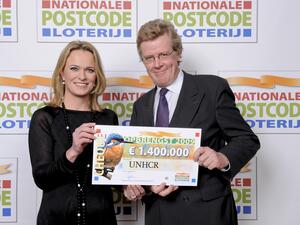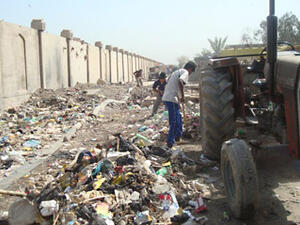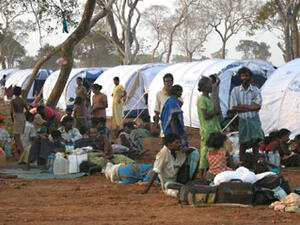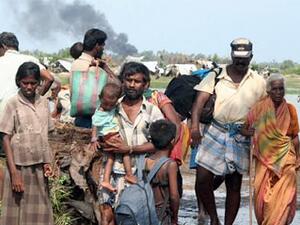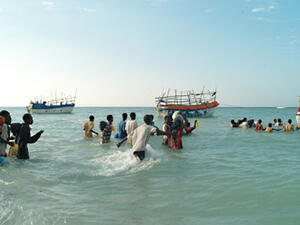Eight-year Rwandan refugee saga in Tanzania comes to an end
Eight-year Rwandan refugee saga in Tanzania comes to an end
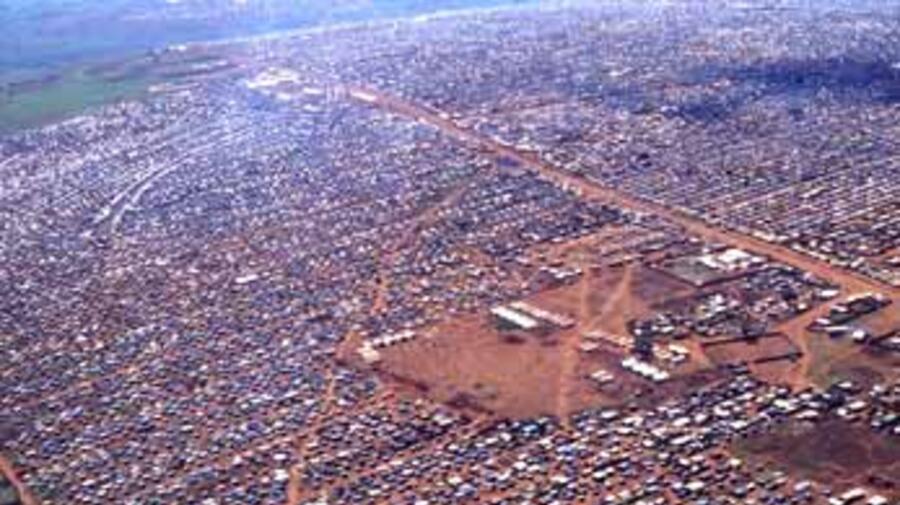
In the mid 1990s, over 500,000 Rwandan refugees were sheltered in camps like this one in Tanzania.
DAR ES SALAAM Jan. 3 (UNHCR) - From a peak of more than half a million in the mid-1990s, the last Rwandan refugees in Tanzania have now returned home, marking the end of one of the most dramatic refugee exoduses in the turbulent history of Central Africa.
UNHCR spokeswoman Ivana Unluova said the final group of 3,200 refugees crossed the border into Rwanda from Tanzania last Friday. They were the last of 535,000 Rwandan Hutus who fled in mid-1994, as the Tutsi-led Rwandan Patriotic Front overran the country. It put an end to genocidal killings by Hutu extremists that left at least 800,000 Tutsis and moderate Hutus dead. But it also triggered a large-scale exodus into neighbouring countries of ethnic Hutus fearing retribution.
An estimated 1.3 million Rwandans fled to what was then eastern Zaire (now the Democratic Republic of the Congo), while more than half a million escaped to Tanzania. In Zaire, tens of thousands perished in a cholera epidemic which swept huge, makeshift refugee camps near Goma in the summer of 1994.
Most of the refugees went back to Rwanda from both Zaire and Tanzania in 1996. However, at the onset of last year, Tanzania still hosted an estimated 24,000 Rwandans, in addition to more than 400,000 from Burundi and the Democratic Republic of the Congo.
In September, Rwanda, Tanzania and UNHCR reached an agreement to repatriate the remaining Rwandans by the end of the year. During the final weeks of 2002, UNHCR officials worked around the clock to register those rushing to sign up for return ahead of the December 31 deadline.


